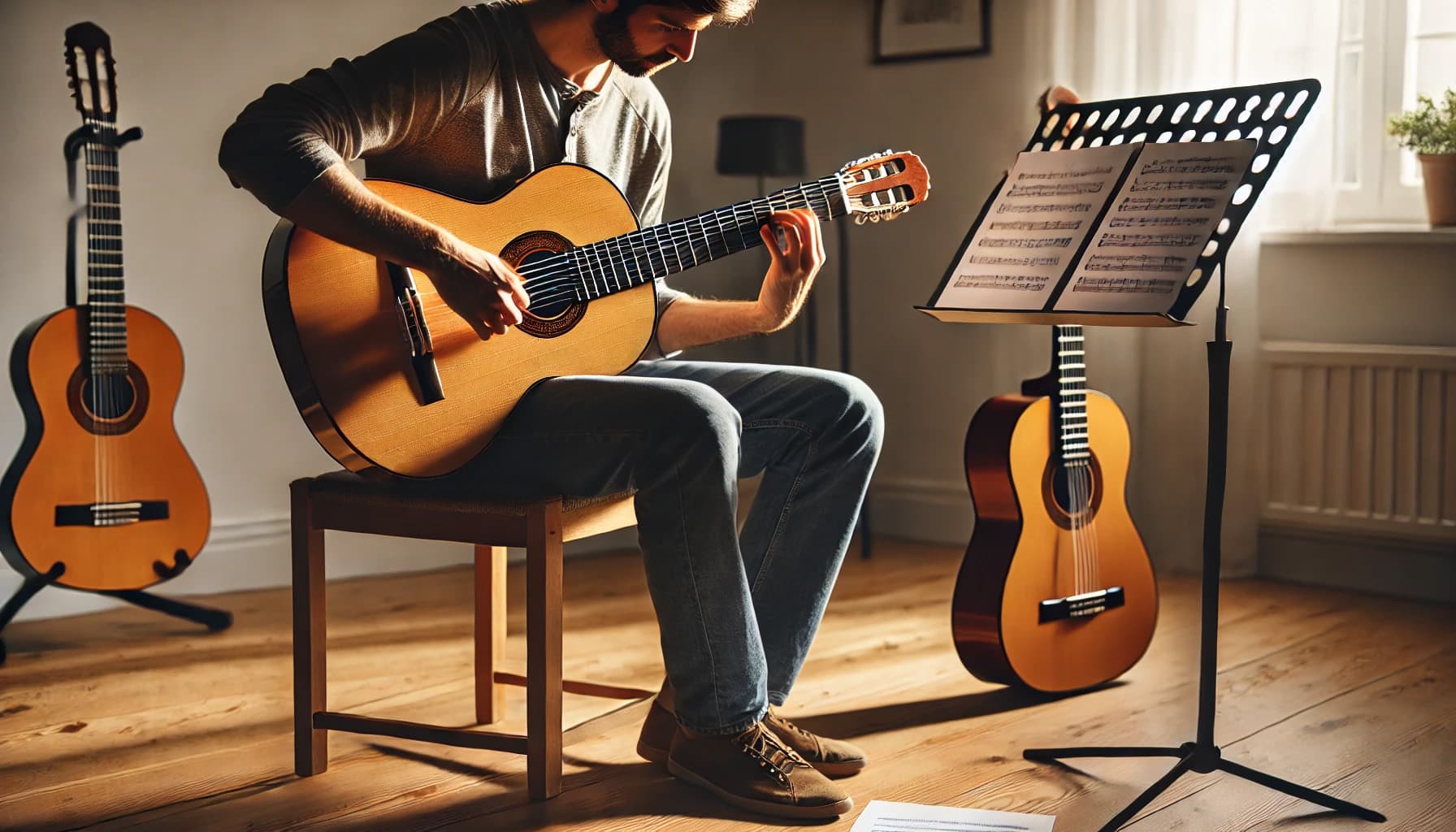Music has always been one of humanity’s universal languages. Playing the guitar is more than just a skill — it’s a way to express oneself, to find harmony with the world around us, and perhaps to discover new facets of our personality. In Slovenia, where creative initiatives are especially encouraged, interest in learning to play the guitar remains strong. The only question is which path to take: to follow tried-and-tested classical methods or to embrace modern interactive approaches?
The fast pace of modern life sets its own rules. In between classes, work, and short breaks — such as quick music sessions or even the occasional game at an online casino — more and more people are looking for flexible and accessible ways to learn a musical instrument. That’s why comparing traditional and modern approaches to guitar learning has never been more relevant.
For those who enjoy spending time playing poker or spinning reels while using a reliable gaming platform with a wide variety of games, we recommend trying Slovenske Casino.
Classical School: Discipline, Foundation, Technique
The classical approach to learning guitar is built on a strict system. It includes the basics of music theory, ear training, hand positioning, working with sheet music, and a gradual progression from simple to complex pieces. Lessons take place under the guidance of a teacher, most often in music schools or private studios. This format is ideal for those aiming for an academic or professional level of proficiency.
A key advantage of the classical method is its structured progression — from basic studies to complex compositions. This not only helps students master the instrument but also fosters musical thinking, the ability to analyze and interpret music. Great attention is paid to proper technique, which proves especially useful if the student later decides to move into jazz or flamenco.
However, the traditional method doesn’t always match the expectations of modern learners. It requires time and patience before one can play favorite songs. Moreover, the format can feel static, which may not always motivate beginners.
Modern Methods: Flexibility, Digitalization, Motivation
The digital age has brought with it a wide variety of learning formats, and guitar instruction is no exception. Online courses, mobile apps, YouTube tutorials, and interactive platforms all offer a quick start, personalized pace, and easy access. The main difference here is the focus on practice: students begin playing chords, simple riffs, and popular songs right away, while theoretical knowledge is introduced gradually, as needed.
One of the most popular formats is learning through mobile apps with gamified systems. For example, after mastering basic chords, users receive “rewards,” unlock new levels, and even compete with others. This creates a game-like experience similar to that found in online entertainment, including platforms like online casinos, where reward and progress mechanics are also used. This structure increases engagement and makes learning more emotionally enriching.
Modern methods allow students to create their own schedules and choose their musical repertoire. Unlike the classical school, where the teacher selects the material, here the student can start with favorite songs — from rock classics to ballads. This is particularly appealing to teenagers and adults who want to learn to play “for the soul.”
What to Choose: Balance Between Depth and Accessibility
Choosing between classical and modern approaches depends on the student’s goals and personality. If you dream of performing on stage, playing works by Bach or Sor, and gaining a deep understanding of musical structure, the classical method provides a reliable foundation. It requires discipline but gives you solid knowledge that lasts a lifetime.
If, however, your goal is to relax after work, play a favorite tune for friends, or use the guitar as a form of self-expression without academic pressure, then the modern path will be more convenient and faster. It doesn’t demand a strict schedule, offers freedom of choice, and encourages experimentation.
Many modern teachers in Slovenia are already combining these approaches, offering a hybrid model: technique from the classical school and motivation from modern courses. This is especially effective with children and teenagers, who need to see results and stay interested in learning. Some music schools even implement virtual platforms as a supplement to traditional lessons, expanding practice opportunities.
Conclusion: Guitar as a Path to the Self
Playing the guitar is not only a way to master an instrument but also a journey toward yourself, your emotions, and the ability to express what words cannot. Regardless of the chosen method, it’s important to remember: regular practice, love for music, and enjoyment of the process are the key elements of successful learning. In today’s world, full of distractions and digital temptations like video games or online casinos, music remains one of the few domains that can truly reconnect us with our authentic selves.
Slovenian learners, both children and adults, are increasingly discovering that the guitar is more than just a hobby — it’s a personal story unfolding chord by chord. And that is the true power of music.


